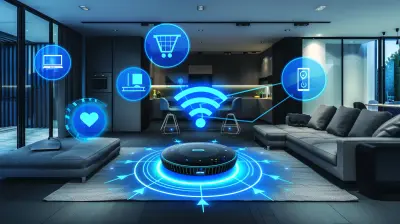How AI is Powering the Next Generation of Wearables
29 October 2025
In the not-so-distant past, wearables were nothing more than basic fitness trackers. They counted steps, monitored heart rates, maybe even tracked your sleep if you were lucky. Fast forward to today, and wearables have become much more advanced, thanks in no small part to Artificial Intelligence (AI). AI is now the driving force behind the next generation of wearables, transforming them from simple gadgets into smart personal assistants that can enhance our health, productivity, and lifestyle in ways we never imagined.
But what exactly is AI doing in wearables? How is it changing the game, and what can we expect in the future? Buckle up, because we’re about to dive deep into how AI is powering the wearables revolution.
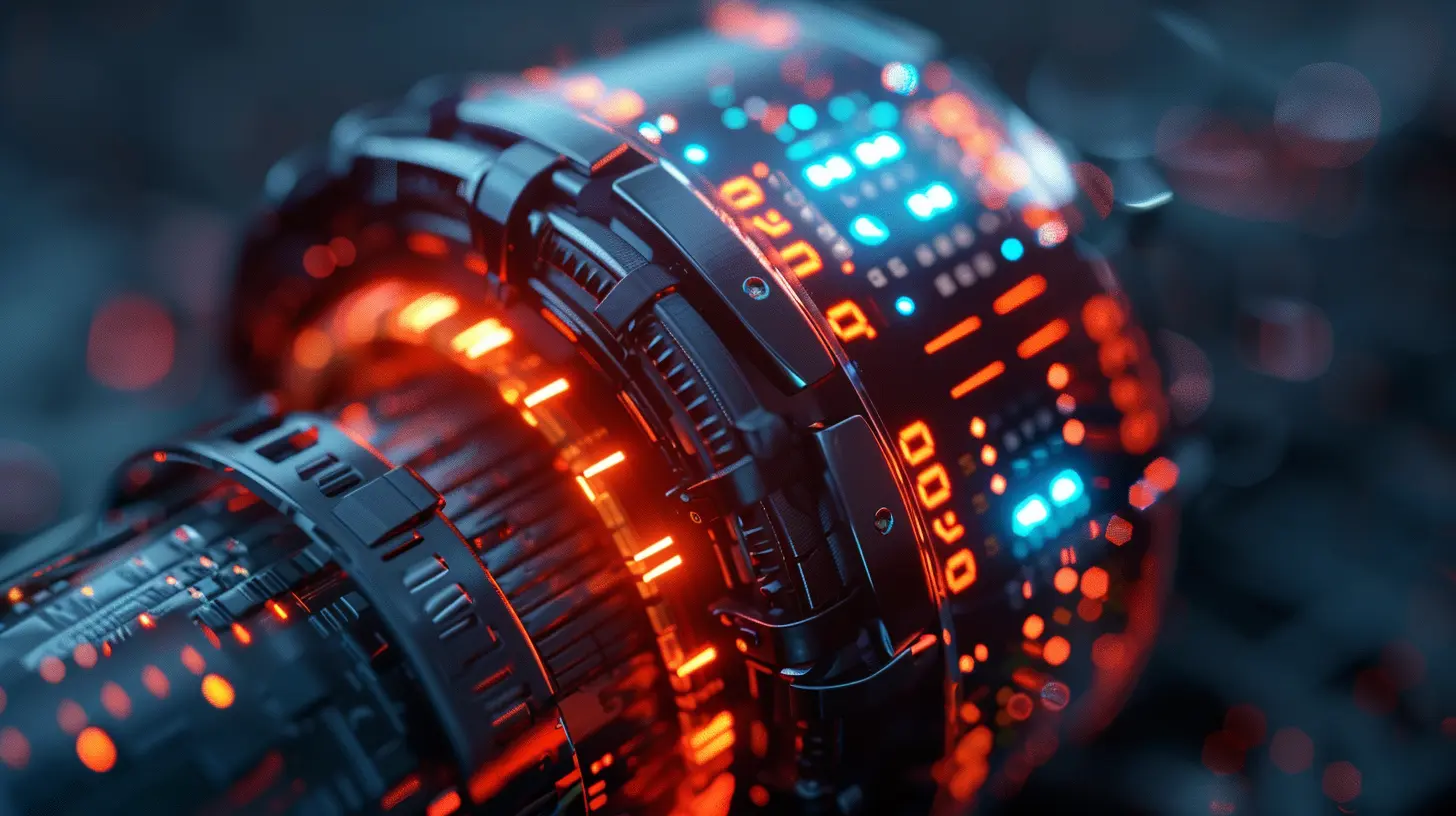
The Evolution of Wearables: From Basic to Brilliant
Before we jump into the nitty-gritty of AI, let’s take a quick trip down memory lane. The first wearables were pretty basic. Think of early fitness bands—great for counting steps and giving you a rough idea of your daily activity. But that was about it.Now? It’s a whole new ballgame. With AI integrated into wearables, these devices are no longer just passive trackers—they’re active participants in our daily lives. AI enables wearables to understand patterns, make predictions, and even offer personalized advice. It’s like having a personal coach, assistant, and doctor all rolled into one, strapped to your wrist.
So, how did we get here, and what role does AI play in this shift?
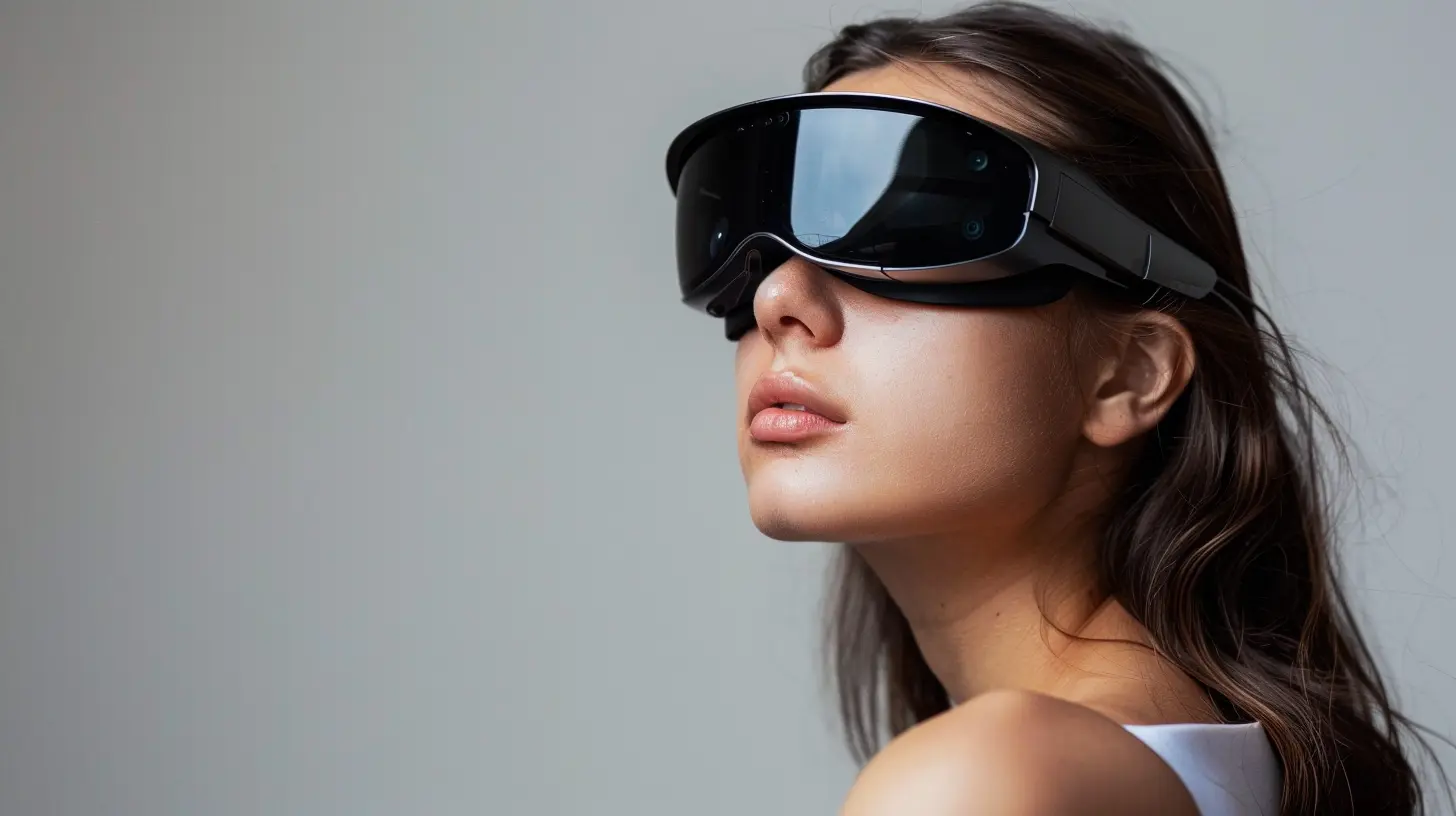
AI in Wearables: A Game-Changer
Artificial Intelligence is essentially the brain that powers modern wearables. It processes the massive amounts of data these devices collect and turns it into useful information. But AI isn't just about analyzing data; it’s about learning from it. The more you use your wearable, the smarter it gets.1. Personalized Health and Fitness
Remember when the only thing your fitness tracker did was count steps? Fast-forward to today, and wearables like smartwatches are equipped with AI that can monitor your heart rate, track your sleep cycles, and even predict your stress levels. Some devices can even alert you to potential health issues before they become critical.Thanks to AI, wearables can now create personalized workout and health plans for users, taking into account factors like age, weight, activity level, and even goals. For example, if you want to lose weight, your smartwatch can recommend specific exercises or diet adjustments based on your past activity and eating habits. It’s like having a personal trainer who’s available 24/7.
AI-Powered Health Monitoring
Wearables equipped with AI can do more than just make suggestions—they can actively monitor your health in real-time. Devices like the Apple Watch and Fitbit already have features like ECG monitoring that can alert you to irregular heart rhythms. But we’re just scratching the surface. With advancements in AI, wearables may soon be able to monitor glucose levels, detect early signs of diseases, or even predict a heart attack before it happens. Scary? Maybe. Useful? Absolutely.2. Enhanced User Experience (UX)
Let’s be honest: nobody wants to fiddle with complicated settings every time they use their wearable. AI simplifies the user experience by learning your habits and preferences. For example, some smartwatches automatically adjust notifications based on your daily routine, or even suggest apps or features you might need at a particular time.Voice assistants like Siri, Alexa, and Google Assistant are also powered by AI, making it easier than ever to interact with your wearable. Want to check the weather, set a reminder, or even order groceries? Just ask your watch, and it’ll handle the rest. The more you use it, the more intuitive it becomes.
3. Smarter Sleep Tracking
Goodbye, one-size-fits-all sleep tracking. AI has revolutionized how wearables monitor and improve your sleep. These devices now analyze sleep patterns in more detail than ever before. They can differentiate between light, deep, and REM sleep, providing insights on how well you’re actually resting.But it doesn’t stop there. AI-powered wearables can provide actionable suggestions to improve your sleep, like telling you when to go to bed, how to adjust your environment, or even suggest relaxation techniques. Some devices even wake you up at the optimal time in your sleep cycle, so you feel refreshed instead of groggy.
4. Predictive Analytics
Here’s where things get really cool. AI doesn’t just look at the data you provide—it can use that data to make predictions. For instance, if your wearable notices that your heart rate spikes every time you’re stressed at work, it may suggest taking a short break or practicing mindfulness to prevent burnout.In the medical field, predictive analytics can be life-saving. Wearables powered by AI can monitor your health data and predict potential risks, like a heart attack or stroke. One day soon, your wearable might be able to detect symptoms of chronic diseases like diabetes or Alzheimer’s before they fully manifest.
5. Seamless Integration with the IoT
AI doesn’t work in isolation—it plays a critical role in the Internet of Things (IoT). Imagine this: as you walk into your home after a run, your AI-powered wearable communicates with your smart thermostat to adjust the room temperature. It can sync with your fridge to suggest a post-workout snack or even start your favorite playlist on your smart speakers. Seamless integration between wearables and other IoT devices is becoming a reality, thanks to AI.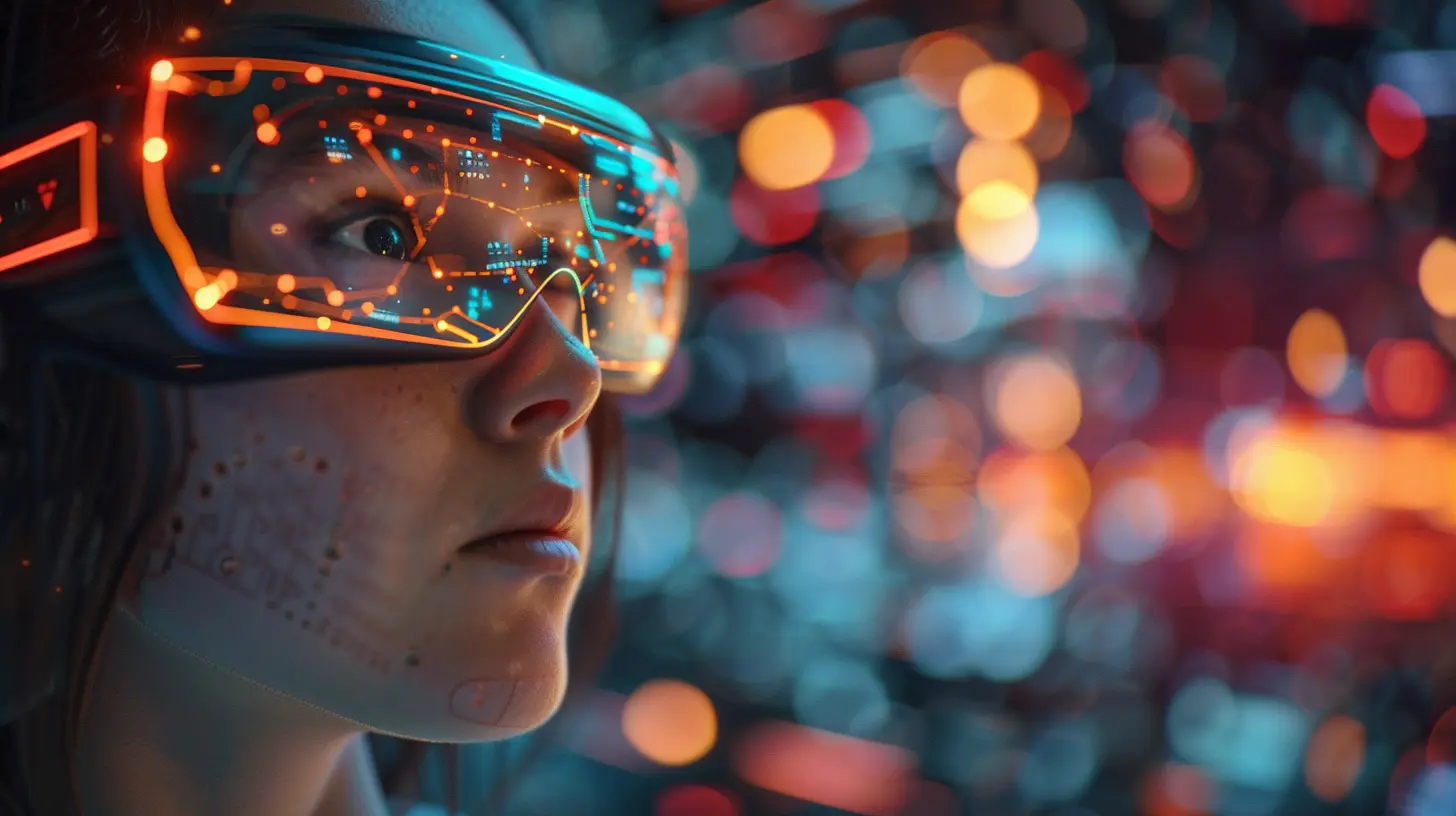
AI and Wearables: Industry-Specific Applications
The magic of AI in wearables isn’t limited to fitness and health. Let’s look at how AI is being applied across different industries:1. Healthcare
Wearables are making waves in healthcare, especially in chronic disease management. For example, AI-powered wearables can help diabetic patients monitor their glucose levels and provide real-time feedback. Similarly, wearable ECG devices can send data directly to doctors, allowing them to monitor a patient’s heart condition remotely.In the future, wearables could play a significant role in telemedicine, acting as a link between patients and healthcare providers. Imagine being able to get a diagnosis or medication adjustment without leaving your home, all thanks to the data your wearable collects.
2. Workplace Productivity
AI-powered wearables are also entering the corporate world. These devices can track employee productivity, monitor stress levels, and even suggest when it’s time to take a break. Some companies are using wearables to monitor employee health data and reduce workplace accidents. The idea is to create a healthier, more productive workforce, with AI as the guiding force.3. Sports and Athletics
If you’re an athlete, AI-powered wearables can be a game-changer. These devices can track detailed performance metrics, like stride length, heart rate variability, and even muscle fatigue. AI can then analyze this data to provide insights on how to improve performance, avoid injury, and optimize recovery.Professional athletes are already using AI-powered wearables to gain a competitive edge, and it’s only a matter of time before this tech becomes more widespread. Imagine being able to train like a pro, using data-driven insights tailored specifically to your body!
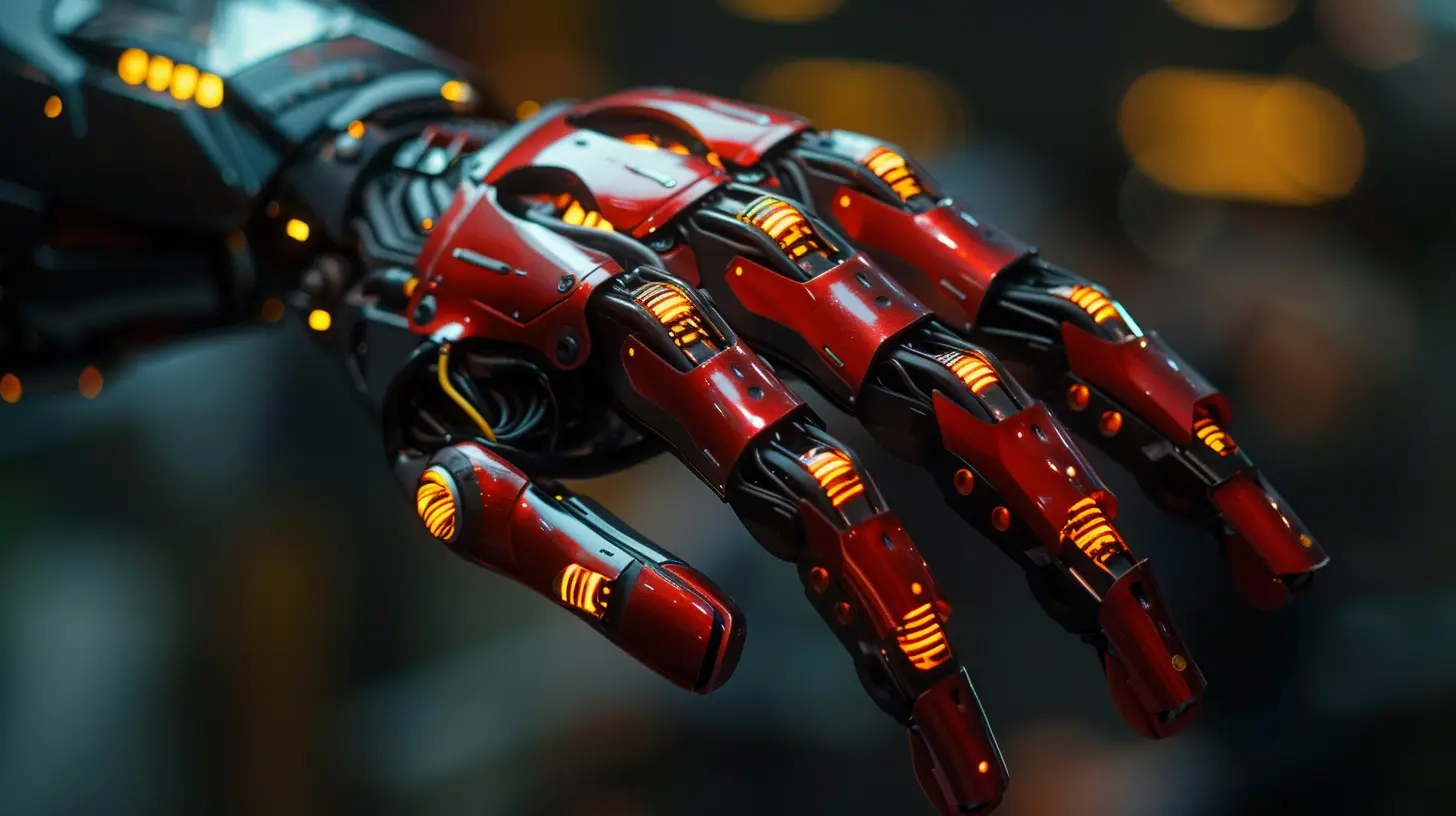
The Future of AI and Wearables
So, what’s next? We’re just scratching the surface of what AI can do in the wearable space. Here are a few trends to keep an eye on:1. Mental Health Monitoring
While current wearables focus heavily on physical health, the future will likely see a shift toward mental health monitoring. AI could analyze data like heart rate variability, sleep patterns, and even voice tone to detect signs of anxiety, depression, or other mental health conditions.2. Advanced Biometric Sensors
Future wearables will come equipped with even more advanced sensors, capable of tracking everything from blood sugar levels to hydration levels. AI will use this data to provide real-time feedback on your health, potentially catching issues before they become serious problems.3. Wearables as Medical Devices
As AI continues to improve, wearables will likely become certified medical devices. We’re already seeing this with ECG-capable smartwatches, but the future could bring wearables that monitor everything from blood pressure to respiratory function.4. Augmented Reality (AR) Integration
Imagine AI-powered wearables that don’t just track your health but also interact with the world around you. With the integration of augmented reality, wearables could overlay useful information on your environment. For example, your smart glasses could display navigation directions or even help you identify people at a crowded event.Conclusion
AI is powering the next generation of wearables, turning them into more than just gadgets—they’re becoming indispensable tools in our daily lives. From personalized health monitoring to predictive analytics and seamless IoT integration, AI is pushing the boundaries of what wearables can do.The future holds even more exciting possibilities, from advanced medical monitoring to mental health applications and augmented reality. As AI continues to evolve, so too will our wearables, becoming smarter, more intuitive, and even more integral to our day-to-day activities. So, if you’re not already on the wearable bandwagon, now might be the time to jump on—because the future is looking pretty exciting!
all images in this post were generated using AI tools
Category:
Artificial IntelligenceAuthor:

Jerry Graham
Discussion
rate this article
1 comments
Lily Graham
AI breathes life into wearables, weaving innovation and connection into every heartbeat.
October 29, 2025 at 3:20 AM

Jerry Graham
Thank you! Indeed, AI is transforming wearables, making them smarter and more interconnected, enhancing our daily lives.

